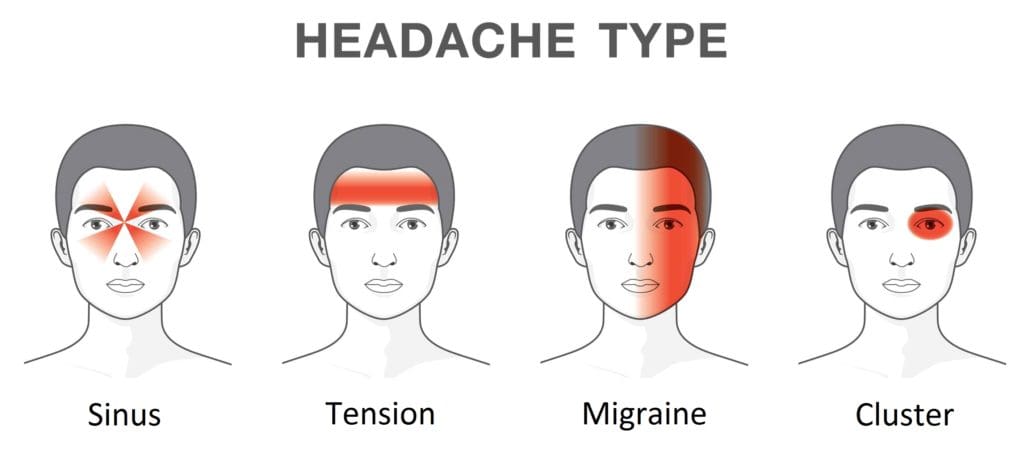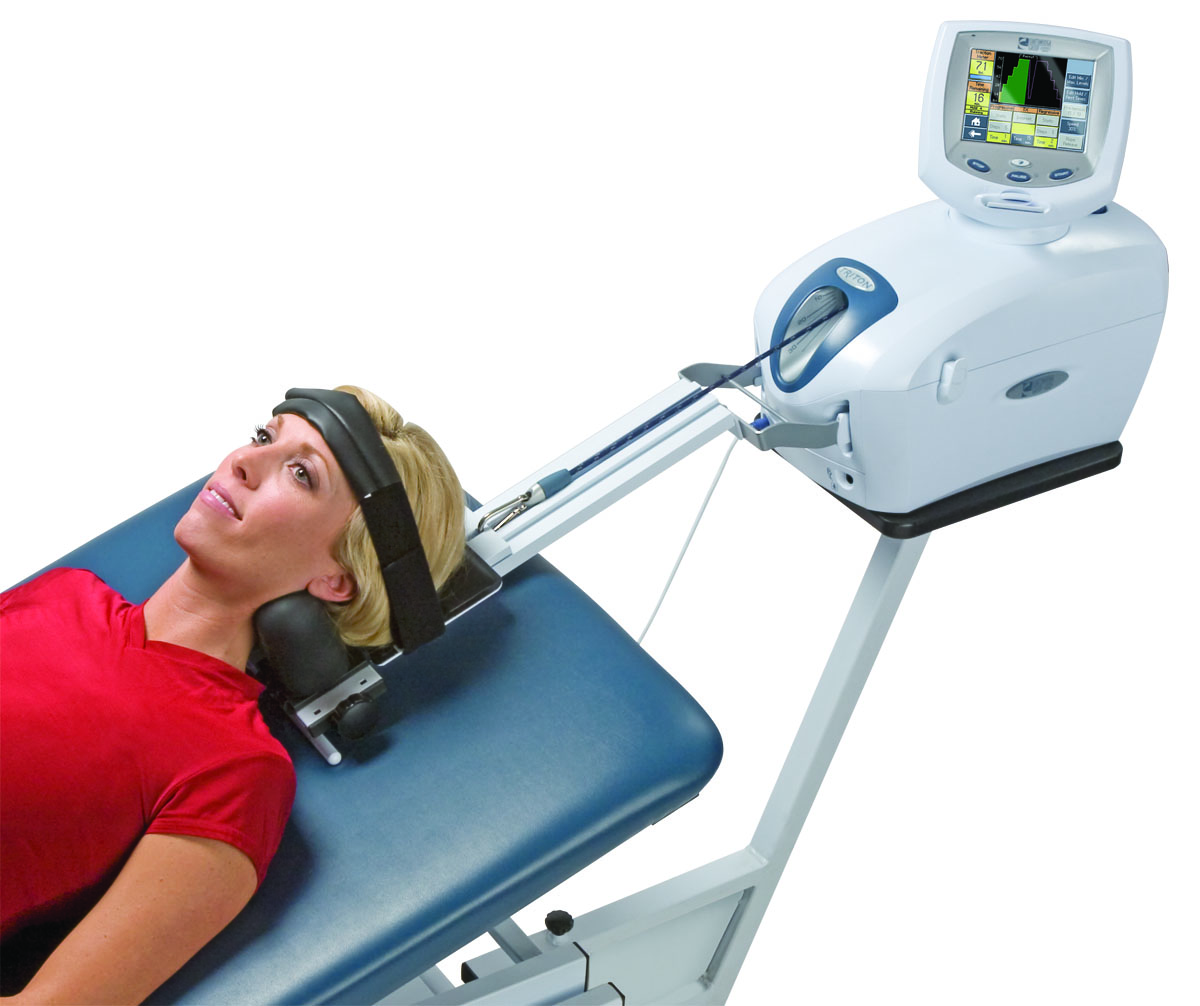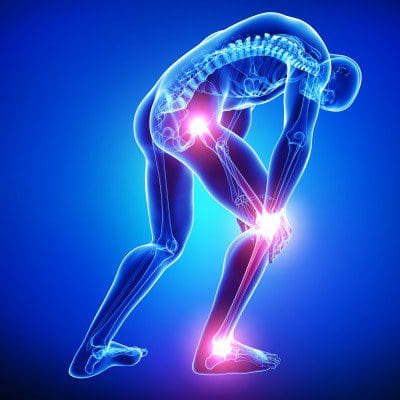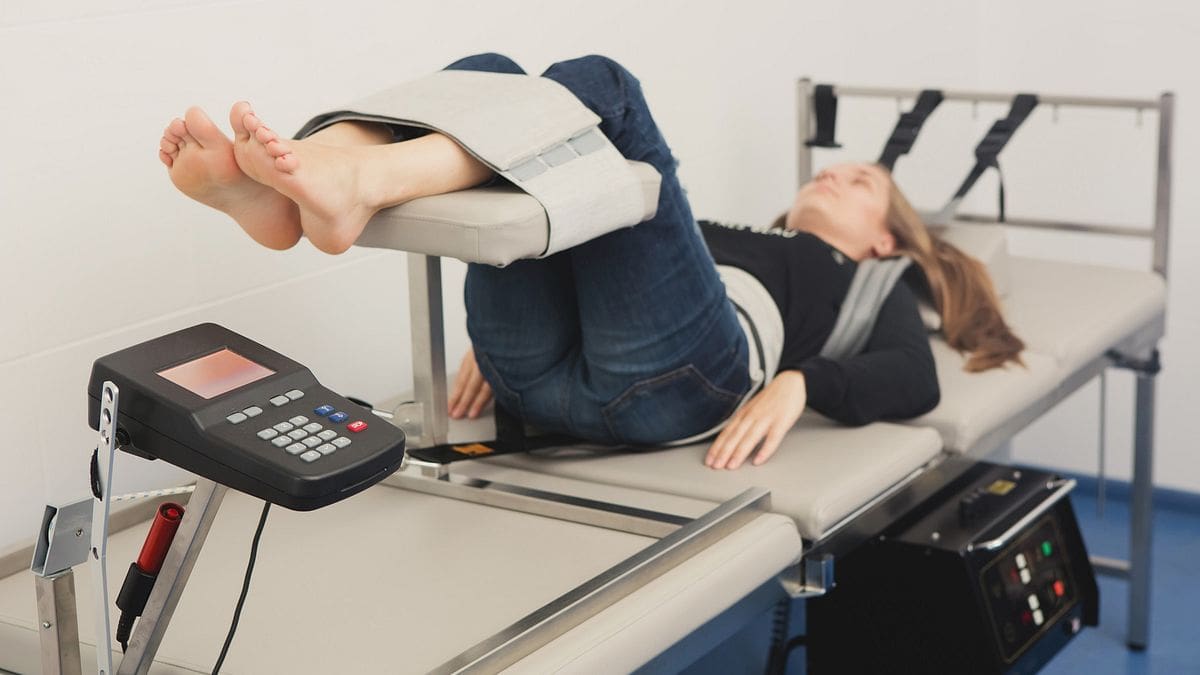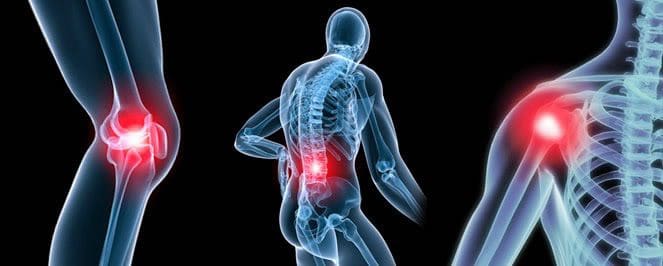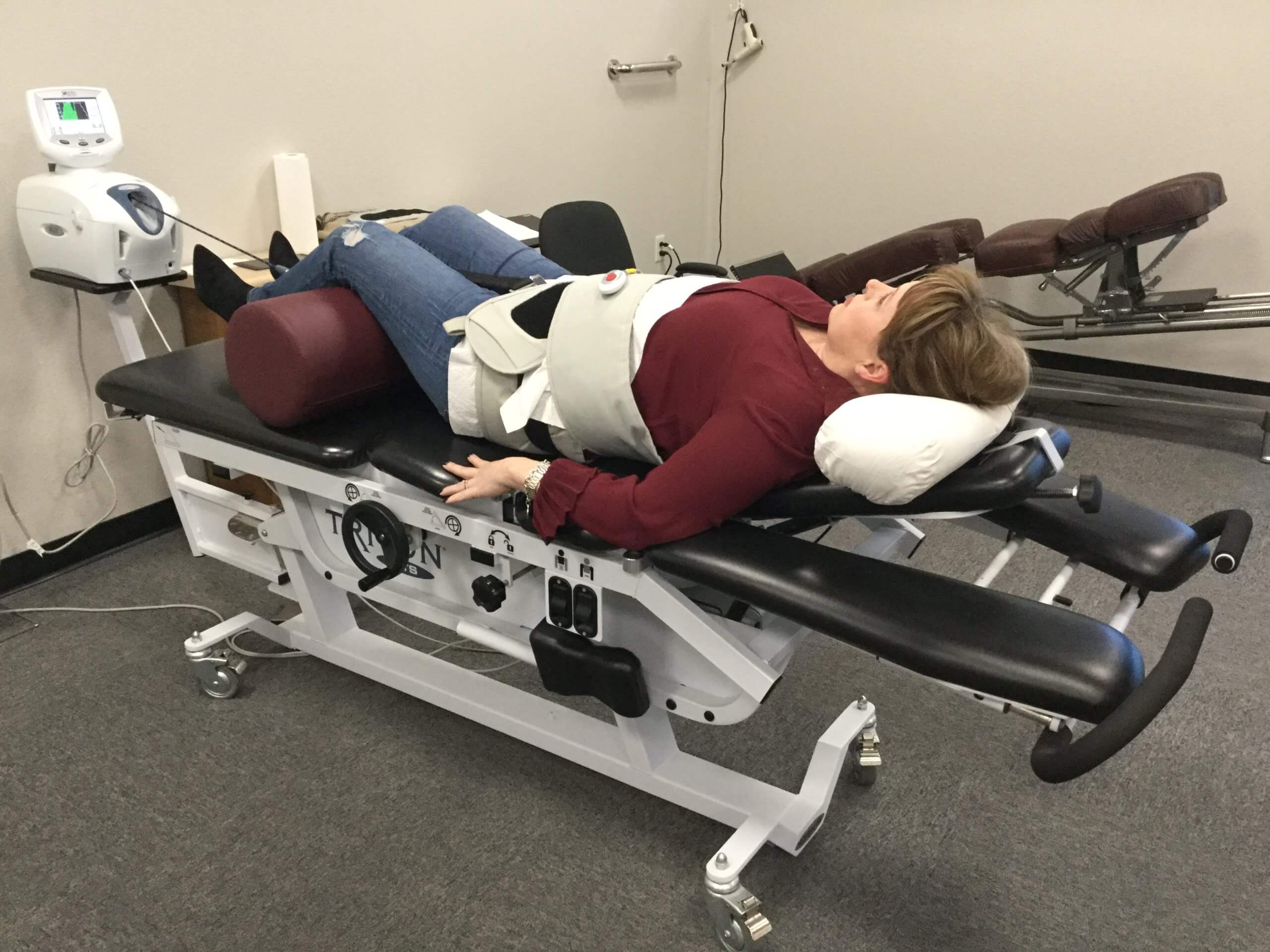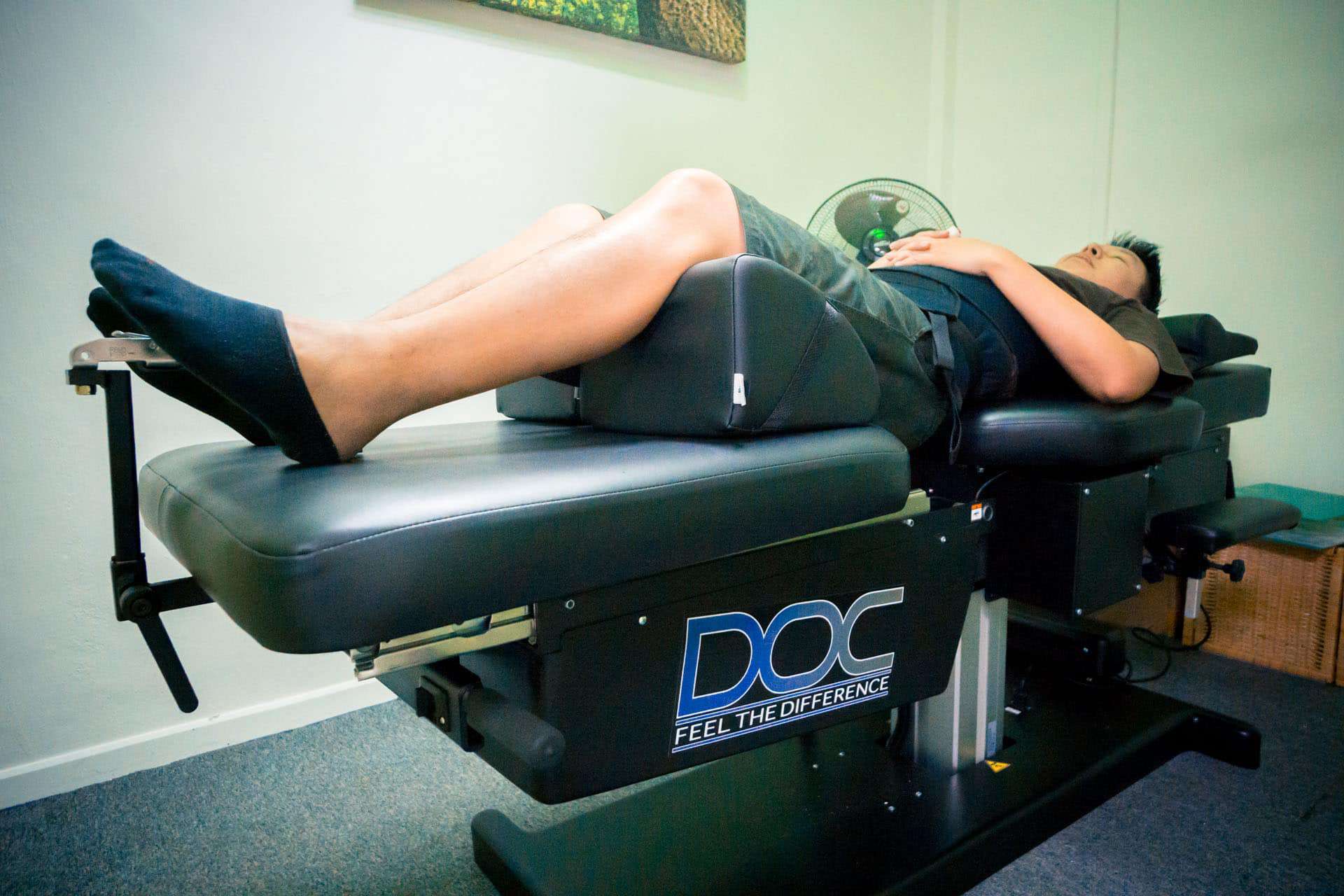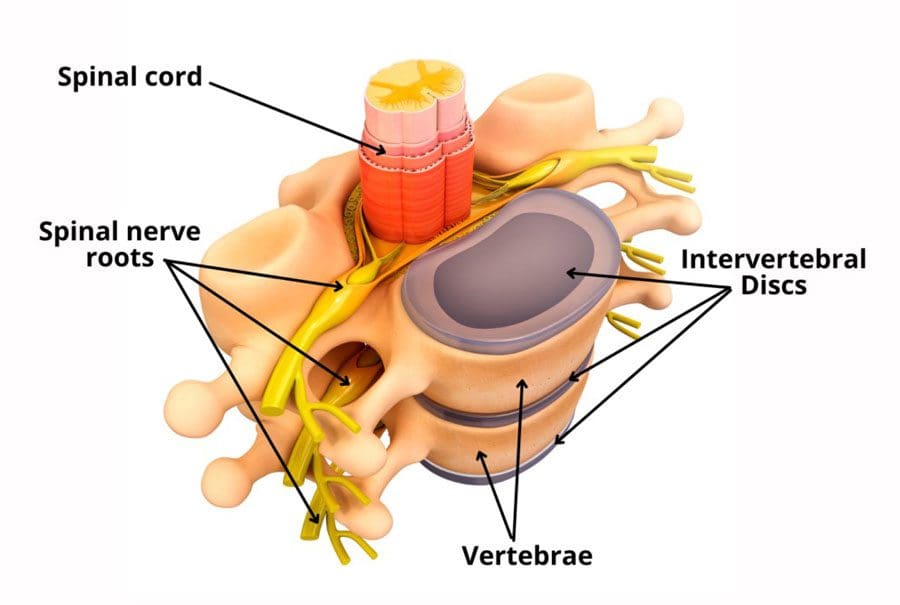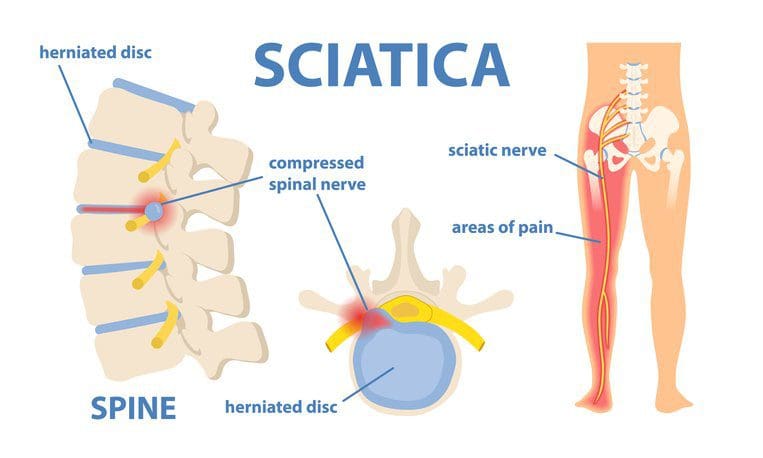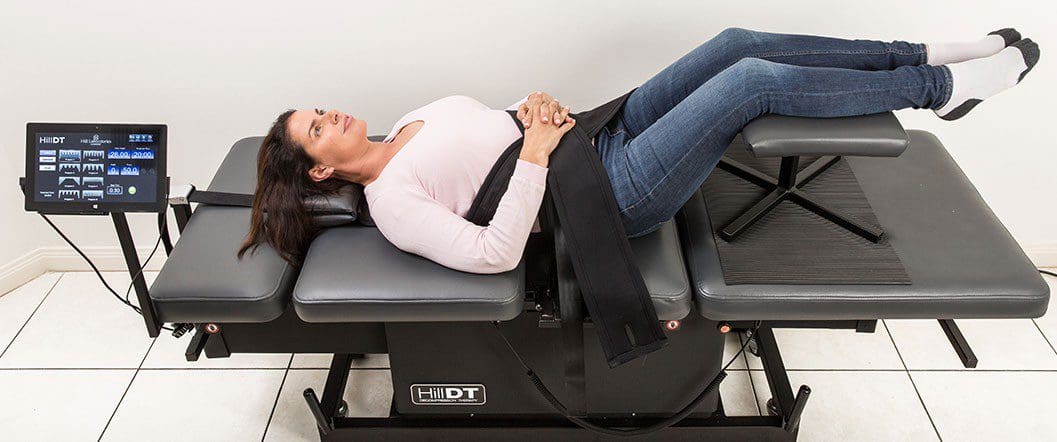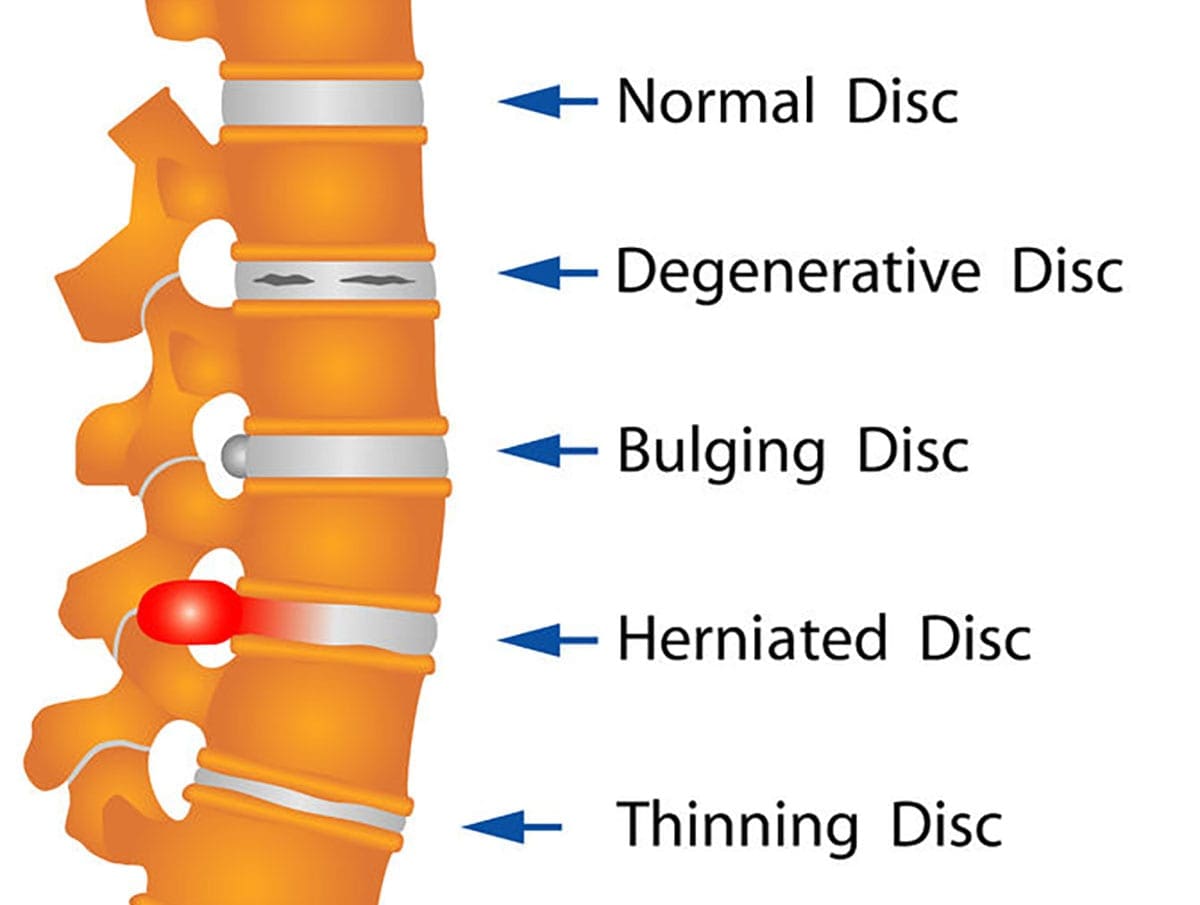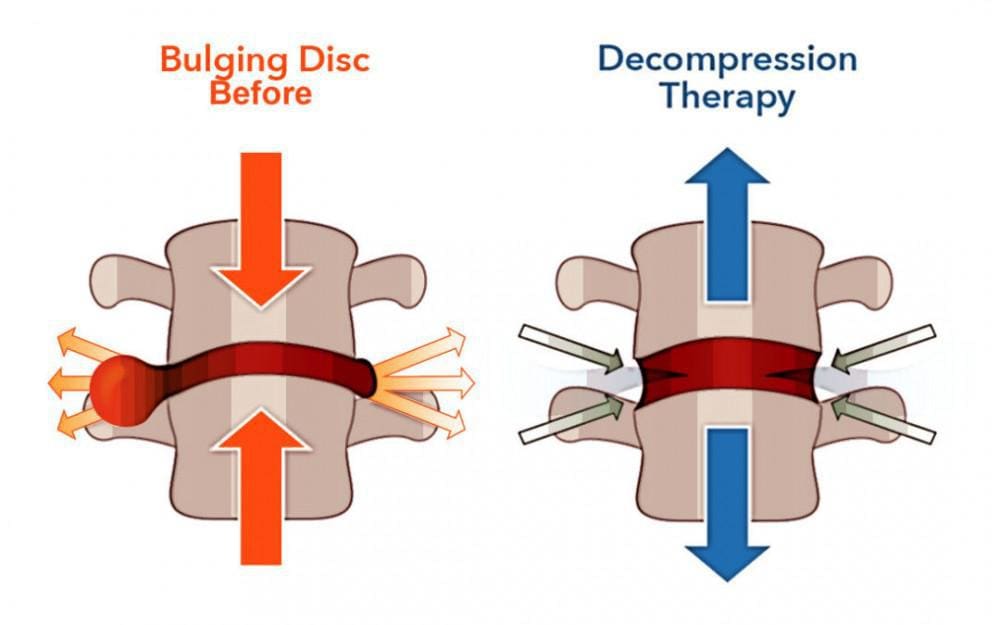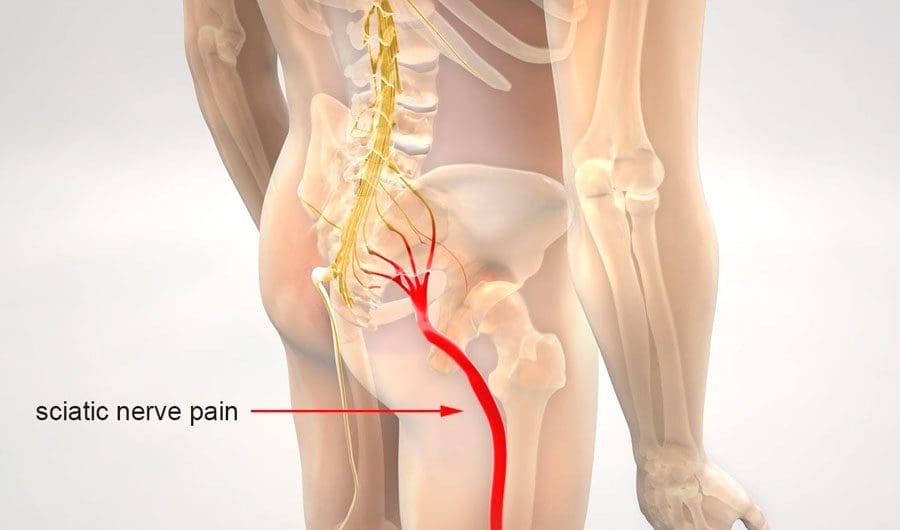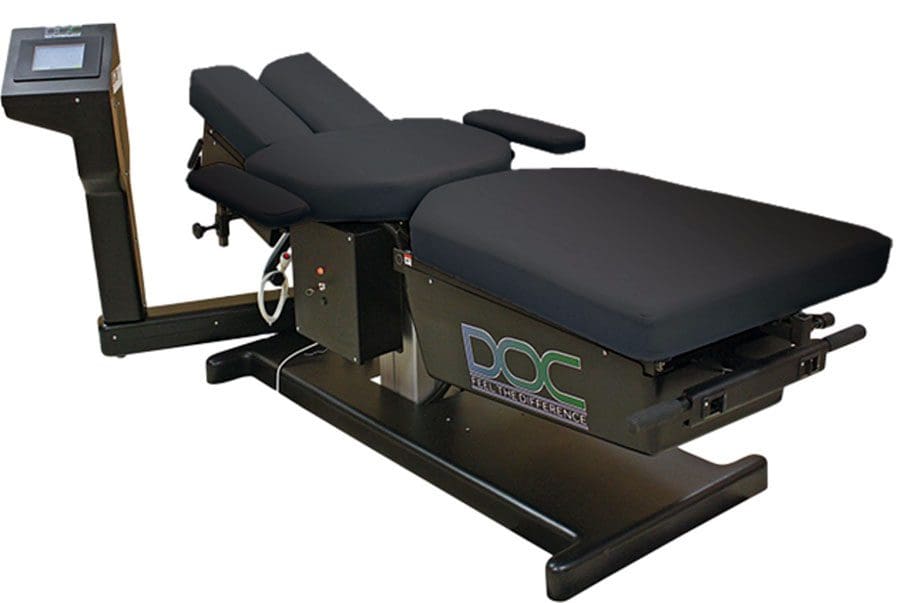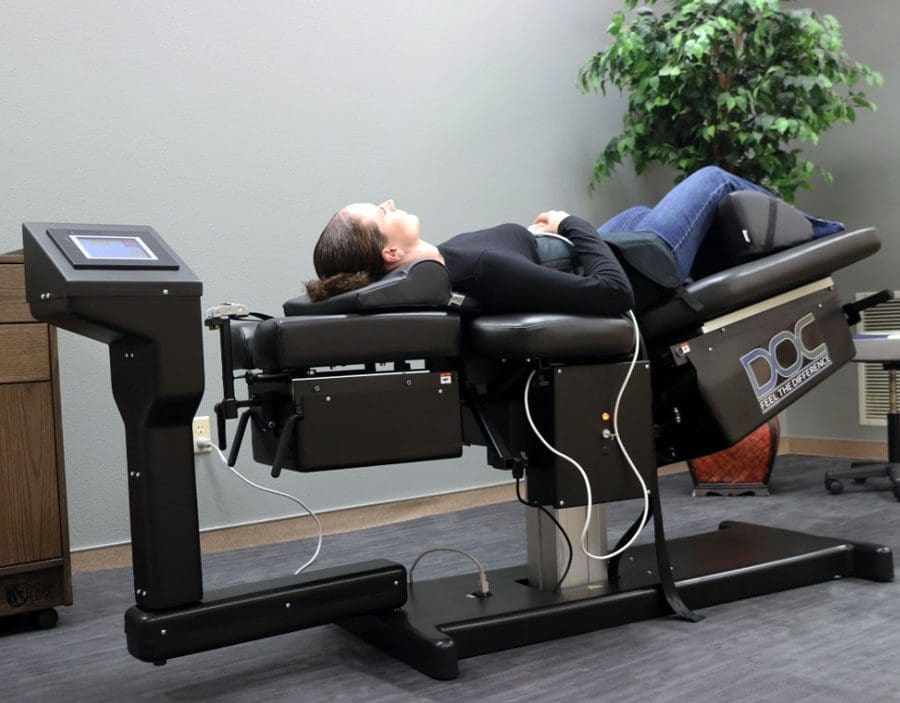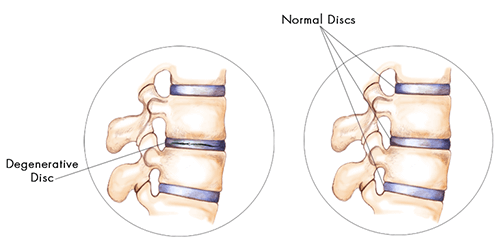Table of Contents
Introduction
All around the world, most everyone has some form of headache that can affect their mood. Headaches can range from a dull ache on the forehead like cluster headaches to sudden excruciating headaches like migraines. Headaches can also be associated with neck pain as they can cause a person to have a limited range of motion when turning their heads, as well as causing stiff neck muscles and compressed cervical spinal discs that can lead to herniation. Having these issues in the neck can dampen a person’s quality of life; however, treatments like cervical decompression therapy can help alleviate headaches and neck pain from a person giving them instant relief. In today’s article, we will be looking at what causes tension headaches and how cervical decompression traction can help alleviate tension headaches for many people. By referring patients to qualified and skilled providers specializing in spinal decompression therapy. To that end, and when appropriate, we advise our patients to refer to our associated medical providers based on their examination. We find that education is the key to asking valuable questions to our providers. Dr. Alex Jimenez DC provides this information as an educational service only. Disclaimer
Can my insurance cover it? Yes, it may. If you are uncertain, here is the link to all the insurance providers we cover. If you have any questions, please call Dr. Jimenez at 915-850-0900.
What Causes Tension Headaches?
Have you ever wondered why your neck muscles feel tense after a stressful day, or there is a constant dull aching pain that throbbing on the neck or the side of your head? How about getting some relief after taking a break after a stressful day? This is a tension headache, and research studies have stated that tension headaches are common and can range from mild to moderate depending on the pain. Unlike migraines, tension headaches are bilateral and don’t worsen when a person is exercising. Another thing that tension headaches can do to a person is that even though they are common for many people, they can become frequent or even chronic and cause significant health issues if it is not treated right away.

Other research studies have found that tension headaches can be caused by many factors impacting a person’s life. Environmental and muscular factors like stress and posture can cause the neck muscles to strain themselves, causing the person to be hunched over. This will cause the neck muscles to become stiff and tender to the touch as the neck muscles have a limited range of motion for the head to turn. When the neck has a limited range of motion, it can cause a person to have muscle tightness around the neck area, and if it is not treated soon, it can develop into chronic issues over time.
Chronic Tension Headaches
Since tension headaches usually last between 30 minutes to 7 days, the pain can last for more than a month when it turns into chronic tension headaches. Research studies have found that since tension headaches are common when chronic tension headaches, the pain severity will cause a bilateral pressure sensation that can last for days, even months. Chronic tension headaches also have severe muscle tightness around the headband of the person’s head. Individuals suffering from chronic tension headaches would continue to function with their daily activities but have severely impaired performance when this happens. Luckily there are ways to treat both tension and chronic tension headaches, and that is through cervical decompression therapy.
Neck Decompression Therapy- Video

Having tightness around the neck muscles can be difficult when affecting a person’s daily activity. How about tension headaches that won’t go away and cause you to feel miserable. Then maybe cervical decompression can be the answer to all your cervical issues. The video above shows how cervical traction can help alleviate neck issues that are causing problems to the cervical spine. What traction does is that it gently stretches the cervical spine, causing instant relief to the compressed disc and getting the pressure off the cervical nerve root. Any headaches like migraines and tension headaches will be gone from the person’s head when this happens. Utilizing cervical decompression can help alleviate the pain caused by tension headaches and restore a person’s quality of life. If you want to learn more about cervical decompression therapy, this link will explain the benefits of decompression and how it can alleviate cervical pain symptoms.
How Cervical Decompression Traction Alleviates Tension Headaches
So there are ways to alleviate chronic tension headaches. Many people have used ice/heat packs to ease the tension from the affected area; some take medication to get rid of the headaches to continue to go about their day. At the same time, others incorporate daily physical activities to release all the tension they were holding in. However, one form of treatment has been making its way to help ease the symptoms of tension headaches and alleviate other issues affecting the neck and cervical spine, including cervical decompression traction therapy. Research studies have found that cervical traction is a non-surgical treatment used to provide relief by reducing cervical-related injuries while also widening the intervertebral foramen. Cervical traction also helps eliminate the pressure on the cervical nerve root and even alleviates cervical radiculopathy. Other research studies have found that cervical traction is a conservative method to increase the cervical blood vessels’ circulation by stretching the muscles and causing them to relax. Cervical traction also allows pain relief, increases cervical range of motion, and relieves headaches caused by neck pain.
Conclusion
Overall, headaches are a nuisance to many people and can impact a person’s quality of life. Since headaches range from a dull ache to excruciating throbbing pain, the pain can vary, and where it is located can affect the body. Since there are many forms of headaches, there are many treatments that can help alleviate the symptoms of chronic headaches. Cervical decompression therapy can help alleviate chronic headaches and reduce neck pain symptoms that are affecting the cervical spine. Cervical decompression therapy allows traction to gently pull on the cervical spine causing the compressed spinal discs to be taking the pressure off the cervical nerve root and instantly causing the relief to the neck. When people utilize decompression therapy as part of their wellness journey, they can regain their lives.
References
Abi-Aad, Karl R, and Armen Derian. “Cervical Traction – Statpearls – NCBI Bookshelf.” In: StatPearls [Internet]. Treasure Island (FL): StatPearls Publishing, 13 Aug. 2021, https://www.ncbi.nlm.nih.gov/books/NBK470412/.
Chowdhury, Debashish. “Tension-Type Headache.” Annals of Indian Academy of Neurology, Medknow Publications & Media Pvt Ltd, Aug. 2012, https://www.ncbi.nlm.nih.gov/pmc/articles/PMC3444224/.
Lee, Chang-Hyung, et al. “The Functional and Morphological Changes of the Cervical Intervertebral Disc after Applying Lordotic Curve Controlled Traction: A Double-Blind Randomized Controlled Study.” International Journal of Environmental Research and Public Health, MDPI, 19 June 2019, https://www.ncbi.nlm.nih.gov/pmc/articles/PMC6617374/.
Loder, Elizabeth, and Paul Rizzoli. “Tension-Type Headache.” BMJ (Clinical Research Ed.), BMJ Publishing Group Ltd., 12 Jan. 2008, https://www.ncbi.nlm.nih.gov/pmc/articles/PMC2190284/.
Shah, Nihir, and Sajid Hameed. “Muscle Contraction Tension Headache – Statpearls – NCBI …” In: StatPearls [Internet]. Treasure Island (FL): StatPearls Publishing, 7 Nov. 2021, https://www.ncbi.nlm.nih.gov/books/NBK562274/.




